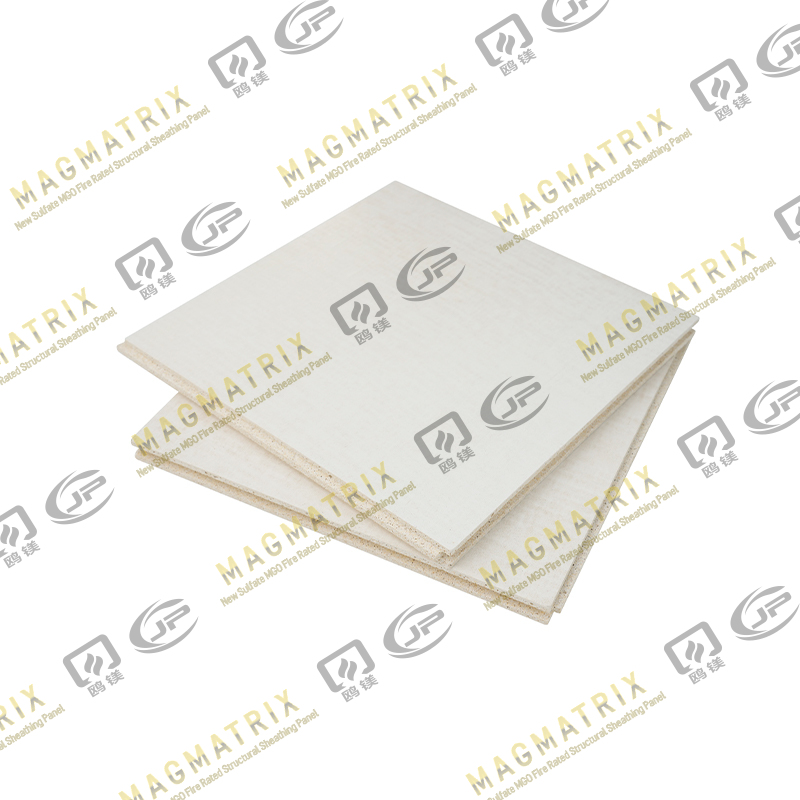In the constantly evolving construction industry, materials that deliver durability, sustainability, and efficiency are gaining tremendous importance. Among these innovative solutions, the MgO Subfloor Sheathing Board—short for magnesium oxide board—has emerged as a transformative product that challenges the limitations of traditional building materials such as plywood, OSB, and cement board. Builders, architects, and homeowners alike are discovering the superior performance and environmental advantages this material offers in both residential and commercial applications.
Understanding What MgO Subfloor Sheathing Board Is
Before diving into its benefits, it’s essential to understand what the MgO Subfloor Sheathing Board actually is. It is an engineered sheet material composed mainly of magnesium oxide (MgO), reinforced with magnesium chloride, perlite, glass fiber mesh, and other natural mineral ingredients. The combination results in a non-toxic, non-combustible, and dimensionally stable product.
Unlike conventional wood-based panels, MgO Subfloor Sheathing Board does not rely on resins or adhesives that emit volatile organic compounds (VOCs). Its mineral composition gives it natural resistance to fire, moisture, mold, and pests—making it a versatile, eco-friendly alternative for subflooring and sheathing applications.
1. Exceptional Fire Resistance
One of the standout properties of MgO Subfloor Sheathing Board is its high fire resistance. Magnesium oxide is an inherently non-combustible mineral that can withstand temperatures exceeding 1000°C without burning, melting, or emitting toxic smoke.
When used as subfloor sheathing, this feature becomes crucial in creating a fire-safe building envelope. It can act as a passive fire barrier, slowing the spread of flames between floors or rooms. This makes it an ideal choice for structures that must comply with stringent fire codes, such as hospitals, schools, hotels, and multi-story buildings.
In contrast, materials like plywood or oriented strand board (OSB) are combustible and require additional fire retardants. MgO Subfloor Sheathing Board naturally meets and often exceeds international fire safety standards without chemical treatment—providing reliable protection and peace of mind.
2. Superior Moisture and Mold Resistance
Moisture is one of the leading causes of deterioration in building materials. Prolonged exposure to humidity, leaks, or condensation can lead to swelling, warping, and mold growth in traditional wood-based panels. This is where MgO Subfloor Sheathing Board offers a decisive advantage.
Thanks to its non-porous and hydrophobic composition, MgO Subfloor Sheathing Board does not absorb moisture like wood or gypsum. It remains stable and strong even when exposed to wet environments, making it especially valuable in bathrooms, kitchens, basements, and coastal regions.
Furthermore, because it is inorganic, it doesn’t serve as a food source for mold or mildew. This means fewer indoor air quality concerns and less maintenance over time. Builders can rely on its performance in environments where moisture control is essential, ensuring longevity and consistent performance.
3. High Structural Strength and Dimensional Stability
Another key benefit of MgO Subfloor Sheathing Board lies in its exceptional strength-to-weight ratio. It offers high compressive and tensile strength, making it suitable for load-bearing applications such as subflooring, roof decking, and wall sheathing.
Unlike wood panels, MgO boards do not shrink, swell, or delaminate due to temperature or humidity fluctuations. They maintain their shape and rigidity even under thermal stress, ensuring that the subfloor remains smooth, stable, and level over the years.
This dimensional stability also improves flooring finish performance—tiles, vinyl, or engineered wood installed over MgO Subfloor Sheathing Board are less prone to cracking or warping. Builders appreciate this reliability, especially in projects demanding precision and longevity.
4. Excellent Sound Insulation Properties
Sound control is a crucial factor in both residential and commercial buildings. MgO Subfloor Sheathing Board offers impressive acoustic insulation properties, reducing airborne and impact noise between floors.
Its dense mineral structure naturally dampens vibrations and sound transmission, making it a suitable underlayment for multi-unit dwellings, offices, and hotels. Combined with resilient flooring materials or insulation layers, MgO boards can create quieter, more comfortable environments that meet or exceed building acoustical standards.
5. Resistance to Termites and Insects
Unlike organic materials such as plywood or particleboard, MgO Subfloor Sheathing Board is inherently resistant to termites and other wood-boring insects. The mineral composition offers no cellulose or organic matter for pests to feed on, eliminating the risk of hidden damage that can compromise structural integrity over time.
This makes MgO boards an ideal choice in regions prone to termite activity or where pest control is a persistent concern. Builders gain the advantage of low-maintenance durability without relying on chemical pesticides or treatments.
6. Environmentally Friendly and Sustainable
Sustainability is no longer optional in modern construction—it’s a requirement. MgO Subfloor Sheathing Board is considered one of the more eco-friendly construction materials available today.
- Low embodied energy: The production process of MgO boards consumes significantly less energy compared to cement or ceramic materials.
- No harmful emissions: The material contains no formaldehyde, asbestos, or other volatile organic compounds (VOCs).
- Recyclable and reusable: At the end of its lifecycle, MgO Subfloor Sheathing Board can be recycled, minimizing waste sent to landfills.
Additionally, the raw materials used to produce MgO boards are abundantly available and naturally occurring, reducing the environmental impact associated with resource extraction.
By choosing MgO Subfloor Sheathing Board, builders can contribute to greener building certifications such as LEED (Leadership in Energy and Environmental Design), promoting responsible and sustainable construction practices.
7. Easy Installation and Workability
Despite its impressive strength, MgO Subfloor Sheathing Board is lightweight and easy to handle. It can be cut, drilled, and fastened using standard woodworking tools, which simplifies on-site installation.
Boards are available in various thicknesses and dimensions, accommodating a wide range of subfloor and sheathing requirements. Their smooth, consistent surface also allows for direct application of flooring materials, adhesives, or coatings—eliminating the need for extra layers or treatments.
Because it produces minimal dust compared to cement boards, it offers a cleaner and safer installation process. This combination of workability and performance translates into time savings and reduced labor costs.
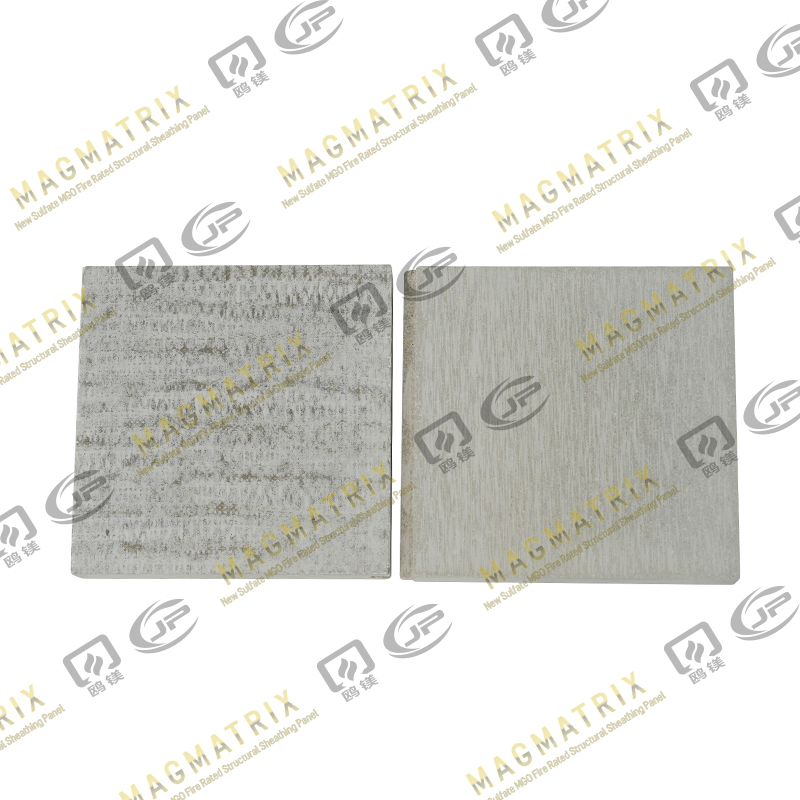
8. Thermal Insulation and Energy Efficiency
Another practical advantage of MgO Subfloor Sheathing Board is its natural thermal insulation capability. The material has low thermal conductivity, which helps stabilize indoor temperatures and reduce energy consumption for heating and cooling.
When used as part of a well-designed building envelope, MgO boards contribute to greater energy efficiency, helping buildings meet stringent energy performance standards. They act as both a durable structural layer and an insulating component, optimizing building comfort without additional materials.
9. Long-Term Cost Efficiency
While MgO Subfloor Sheathing Board may have a higher upfront cost than traditional wood-based materials, its long-term value is far greater. The durability, minimal maintenance, and extended lifespan of MgO boards lead to substantial savings over time.
Reduced risks of fire damage, moisture degradation, and pest infestation mean fewer repairs, replacements, and downtime. Builders and property owners ultimately benefit from a lower total cost of ownership and enhanced property value.
10. Versatility Across Applications
The adaptability of MgO Subfloor Sheathing Board extends far beyond flooring. It’s widely used in various structural and decorative applications, including:
- Wall sheathing and partition systems
- Roof decking and underlayment
- Fire-rated ceilings
- Exterior cladding and façade systems
- Modular and prefabricated building panels
Its ability to perform under diverse conditions makes it a universal material that simplifies inventory management and design planning for construction professionals.
11. Improved Indoor Air Quality
Because MgO Subfloor Sheathing Board does not off-gas harmful chemicals, it contributes to healthier indoor environments. This is particularly important in hospitals, schools, and residential spaces where air quality affects well-being and productivity.
Traditional wood or composite panels often release formaldehyde and VOCs, especially under heat and humidity. MgO boards, by contrast, maintain a neutral composition, ensuring safer, more breathable spaces for occupants.
12. Compatibility with Modern Construction Systems
Modern architecture often involves hybrid building systems that combine steel framing, wood structures, and concrete slabs. MgO Subfloor Sheathing Board integrates seamlessly with these systems thanks to its dimensional accuracy, consistent thickness, and predictable behavior.
It performs well with adhesives, screws, and other fastening systems, allowing it to fit neatly into light-gauge steel framing, modular construction, and prefabricated panels. Its compatibility enhances design flexibility and accelerates project timelines.
13. Resistance to Freeze-Thaw Cycles
In regions with cold climates, freeze-thaw damage can cause major issues for subfloor systems. MgO Subfloor Sheathing Board demonstrates excellent resistance to freeze-thaw cycles due to its non-absorbent nature. It doesn’t crack, spall, or lose strength when subjected to freezing and thawing conditions, ensuring performance in even the harshest environments.
14. A Step Toward Smarter, Healthier Buildings
Beyond its technical merits, MgO Subfloor Sheathing Board symbolizes a broader shift in the construction industry toward smarter, healthier, and more resilient buildings. It aligns with the global movement toward low-carbon construction, emphasizing materials that perform efficiently without harming the environment.
As the demand for sustainable and high-performance structures grows, MgO Subfloor Sheathing Board stands as a forward-looking material that meets the challenges of modern construction.
Conclusion
The MgO Subfloor Sheathing Board represents more than just a structural innovation—it embodies a commitment to durability, safety, and sustainability. Its unparalleled fire resistance, moisture protection, and long-term stability make it a superior alternative to traditional subfloor materials. Moreover, its eco-friendly production, pest resistance, and contribution to indoor air quality underscore its relevance in the age of sustainable building.
For architects, builders, and developers seeking to create high-performance buildings that endure the test of time, MgO Subfloor Sheathing Board offers a reliable foundation—literally and figuratively—for the future of construction.
 BMSC 517 New Sulfate MgO Board
BMSC 517 New Sulfate MgO Board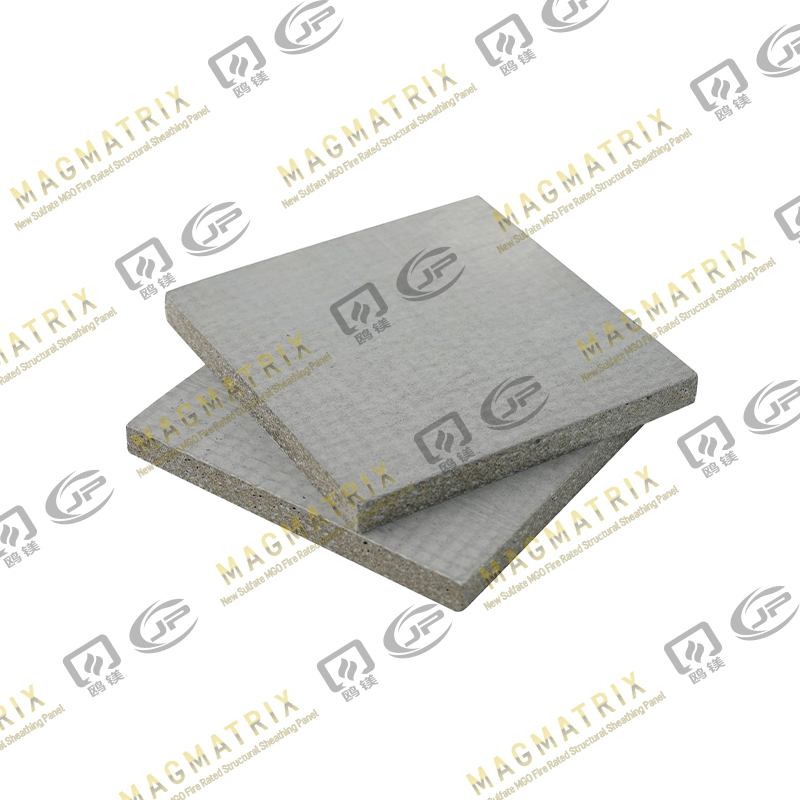 Multi-Support MgO Wall Sheathing Board
Multi-Support MgO Wall Sheathing Board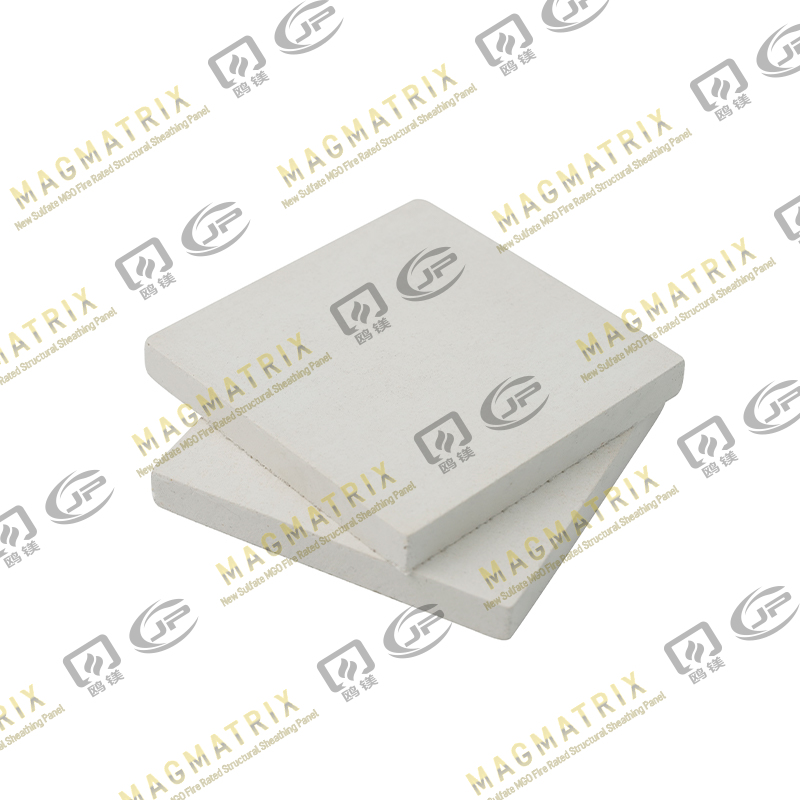 Perseverance MgO Wall Sheathing Board
Perseverance MgO Wall Sheathing Board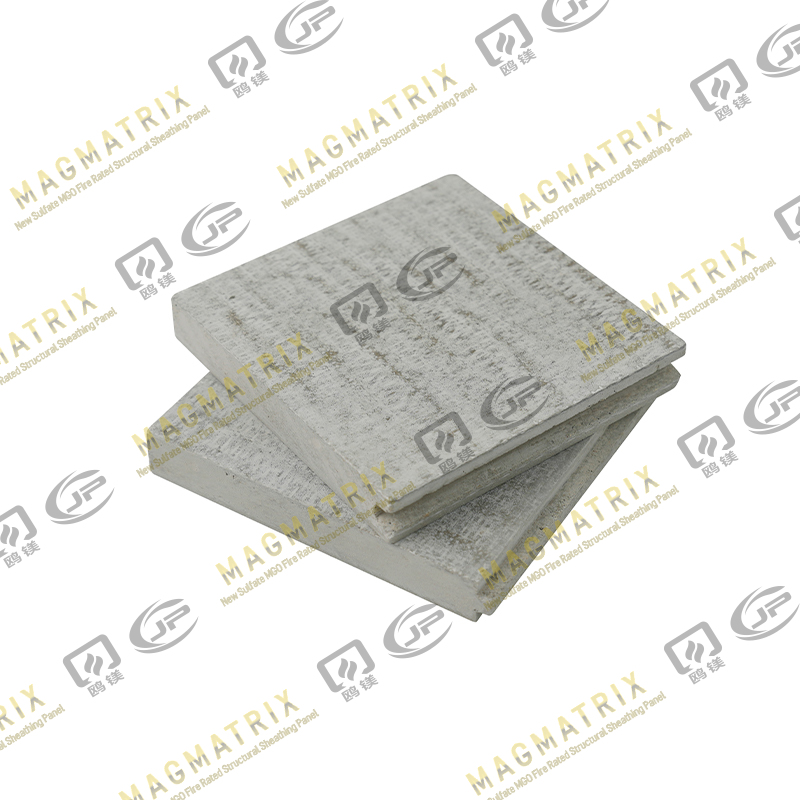 Multi-Support MgO Subfloor Sheathing Board
Multi-Support MgO Subfloor Sheathing Board Perseverance MgO Subfloor Sheathing Board
Perseverance MgO Subfloor Sheathing Board MagMatrix MgO Underlayment Panel/board
MagMatrix MgO Underlayment Panel/board


 English
English русский
русский Español
Español

